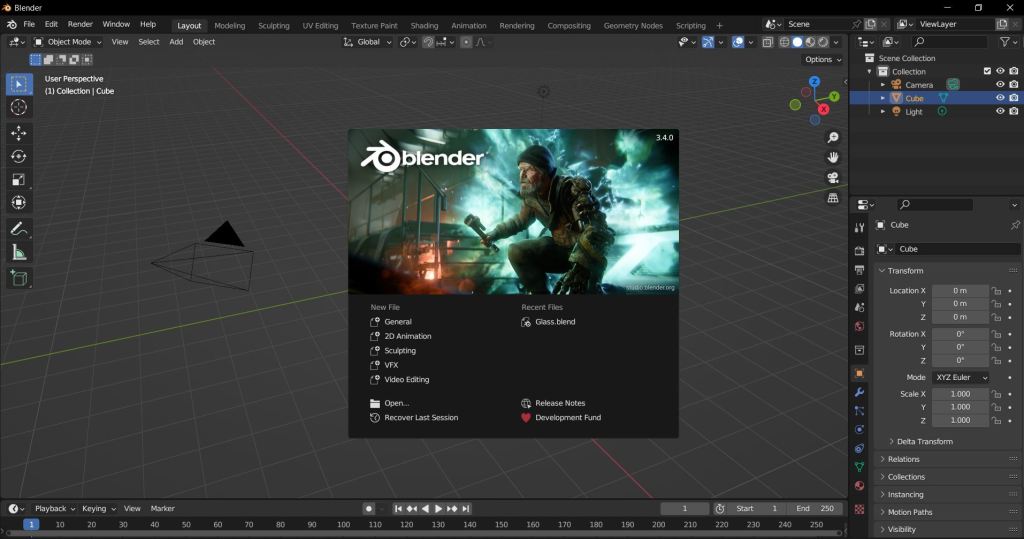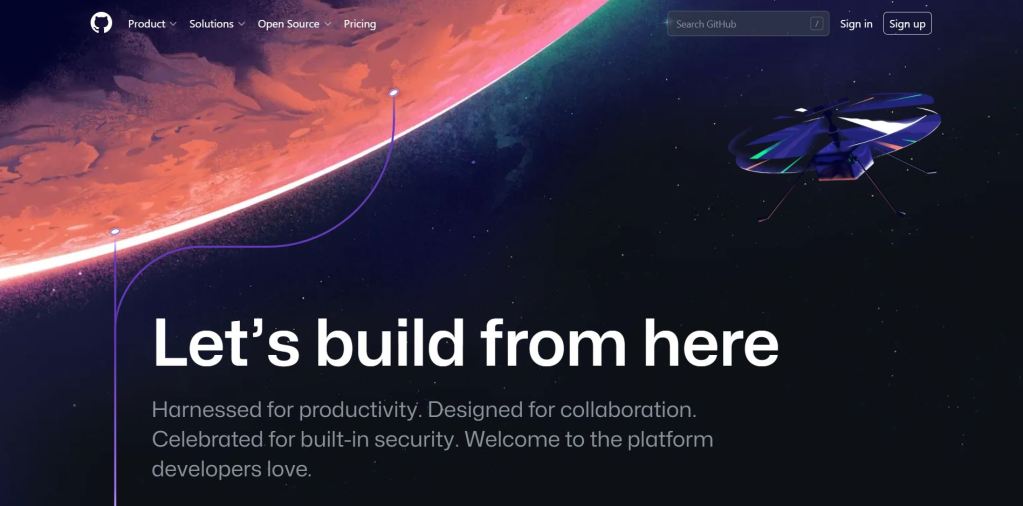The first software that comes to mind when talking about game development is a game engine. But game developers use many types of software other than game engines for creating games.
From digital audio workstations for composing music and sound effects, to 3D modeling and animation software for creating characters and environments, there are a variety of tools that are essential for game development. In addition, developers also use software for project management, version control, and collaboration, as well as tools for performance optimization, debugging, and testing.
Modelling and Animation Software

Modeling and animation software play a critical role in the creation of 3D characters, environments, and objects in games. These tools allow game developers to create highly detailed and realistic models and animations that bring their virtual worlds to life. With modeling software, developers can create 3D models of characters, objects, and environments, and then manipulate them to create different shapes, sizes, and poses. Animation software, on the other hand, enables developers to bring those models to life by adding motion and actions to them. By combining the power of modeling and animation software, game developers can create truly immersive and interactive game experiences.
Some of the most widely used modeling and animation software in game development include Maya, Blender, 3DS Max, and ZBrush. These tools offer a range of features, including advanced modeling and sculpting tools, powerful animation systems, and the ability to integrate with game engines such as Unity and Unreal Engine. By using these tools, game developers can achieve high levels of detail and realism in their games, and bring their game worlds to life in new and exciting ways.
Version Control Software

Version control software is a critical tool for game development teams, as it helps manage and track changes made to the source code and assets over time. This type of software allows multiple team members to work on the same codebase simultaneously, while ensuring that changes made by one person do not conflict with changes made by others.
In game development, version control software is used to manage the entire project, including the source code, art assets, sound effects, and other resources. This enables developers to easily collaborate and coordinate their work, even when working from different locations. By using version control, developers can track changes made to the code, revert to previous versions, and compare different versions of the code to identify and resolve issues.
Some of the most widely used version control software in game development include Git, Subversion, and Perforce. These tools offer a range of features and capabilities, including the ability to track changes, collaborate with others, manage conflicts, and perform backups. By using version control software, game developers can streamline their workflows, increase efficiency, and reduce the risk of errors and data loss.
Photo Editing Software

Photo editing software is a tool that can be used in game development to manipulate and improve images and graphics used in games. This type of software allows developers to make adjustments to images, such as adjusting colors, brightness, contrast, and saturation, as well as applying filters and effects to enhance the look and feel of the graphics.
In game development, photo editing software is used to enhance game assets, such as characters, environments, and textures. Developers can use this software to make changes to images that are used in games, such as adjusting the colors to match the game’s overall aesthetic, adding filters to make the images more visually appealing, and removing any imperfections or unwanted elements from the images. They are also used to create marketing images such as banners, feature image and more for the game.
Some of the most widely used photo editing software in game development include Adobe Photoshop, GIMP, and Corel Painter. These tools offer a range of features and capabilities, including the ability to perform image manipulation and touch-up, add filters and effects, and work with a variety of image formats. By using photo editing software, game developers can enhance the visual quality of their games and create truly immersive and engaging game experiences.
Sound Design Software
Sound design software is a critical tool for game developers, as it is used to create, edit, and manipulate audio used in games. This type of software allows developers to create custom sound effects, music, and voice acting for their games, as well as manipulate and edit existing audio files.
In game development, sound design software is used to bring life to the game world, creating an immersive experience for players. Developers can use this software to create sound effects for in-game actions, such as footsteps, explosions, and weapon fire, as well as create atmospheric music and soundscapes that complement the game’s environment and mood.
Some of the most widely used sound design software in game development include Pro Tools, Logic Pro X, and Ableton Live. These tools offer a range of features and capabilities, including the ability to record, edit, and mix audio, as well as create sound effects and music using virtual instruments and samples. By using sound design software, game developers can create truly memorable and engaging audio experiences for their players.
Project Management software
Project management software is a vital tool in game development, as it helps developers to plan, organize, and track the progress of their projects. This type of software provides a centralized platform for developers to collaborate, communicate, and manage their tasks and deadlines.
In game development, project management software is used to ensure that projects are completed on time and within budget, and to help coordinate the efforts of large development teams. Developers can use this software to create detailed project plans, assign tasks to team members, and track progress using real-time reports and dashboards.
Some of the most widely used project management software in game development include Trello, Asana, and Jira. These tools offer a range of features and capabilities, including task tracking, team collaboration, and project reporting, and are designed to help game developers stay organized and on track throughout the development process. By using project management software, game developers can ensure that their projects are completed efficiently and effectively, and can avoid delays and setbacks that can impact the success of their games.
These are just the few of the other software used by game developers. Depending on the need the software used will vary. Understanding the role and importance of these tools is crucial for game developers, as they can greatly impact the quality and success of their projects.

